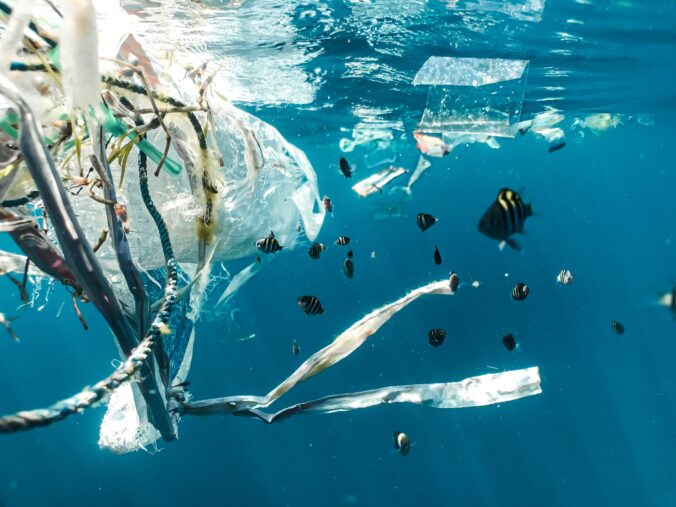Today came the news the state of Massachusetts is getting tough on the use of plastic packaging. The Environment and Energy Leader website’s article says, “Massachusetts Gov. Maura Healey said this week she will sign an executive order prohibiting state agencies from buying single-use plastic bottles. Massachusetts is expected to be the first state in the country to achieve a law-enforced ban on purchasing plastic bottles. In recent years, legislators have attempted to make similar bans without success. Healey made the announcement on Sept. 18, 2023, at the Clinton Global Initiative in New York City before a panel on ocean conservation practices.”
The article and the news reminded me of an August 2023 article from Duomedia blog entitled Why Paper is Sending Plastic Packing. This article talks about how some major food and beverage manufacturers have decided the world is a better place with less plastic floating around.
Unilever’s pledge to become the first major consumer goods company to commit to reducing plastic across its portfolio has led to numerous developments including recyclable paper based ice cream tubs and Pot Noodle containers.
Heineken UK created Green Grip, a plastic free and recyclable cardboard topper for multipacks aimed at eliminating all consumer facing secondary plastic from packaged beers and ciders.
Nestle switched all the packaging globally for its Smarties range to recyclable paper as part of its commitment to making 100% of its packaging recyclable or reusable by 2025. KitKat is now trialing the approach.
Why paper is sending plastic packing
Thanks to Naja Bertolt Jensen on Unsplash for making it possible to use a photograph in this post.

